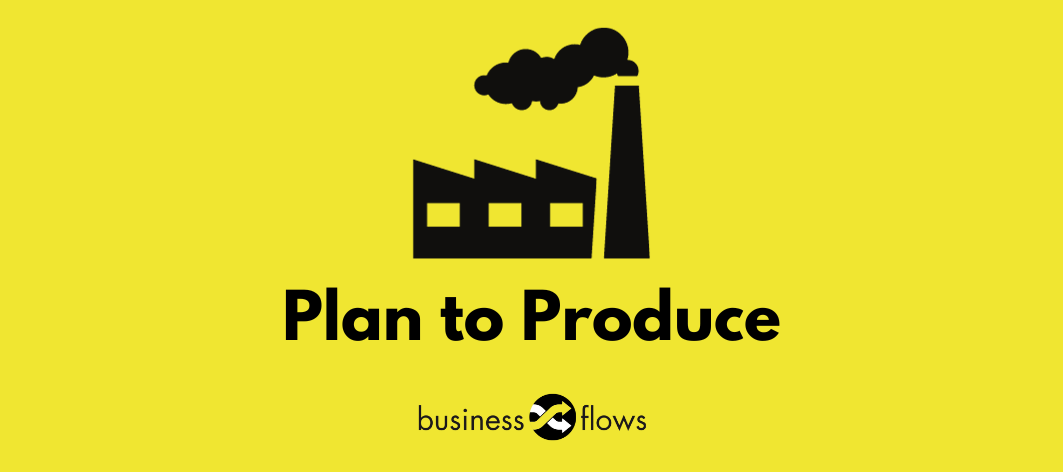Process Reference Models - Industry Best Practices
What is Plan to Produce (Pl2P)?
Plan-to-Produce (Pl2P) encompasses an end-to-end perspective on producing goods. It depicts the shop-floor procedures and focusses on the integration of surrounding aspects into production processes.
In this way, reference content can be provided despite production being highly specific to industry, company, plant and production area.
The domain is structured into three main scenario clusters for
general production,
corrective production,
subcontracting services, and
plant maintenance.
The process flow generally shows scheduling, production preparation, operative production/manufacturing as well as the necessary postings.
As the most important interfaces, the following need to be considered: Production planning (Forecast-to-Plan), Production supply and warehousing (Inbound-to-Outbound) and Quality control (Inspect-to-Quality).
Scenarios in this domain differentiate process industry from discrete manufacturing. Influences of maturity of shop-floor integration and digitization from manual operations with paper-based documentation up to fully automated setups with MES are incorporated.
The models also depict different production strategies such as M2O (Make-to-Order), M2S (Make-to-Stock), A2O (Assemble-to-Order) or consideration of production campaigns.
Furthermore, the quality control integration either in process or post production maybe using special LIMS is a central aspect of the Plan-to-Produce domain.
This well-structured reference content is enhanced by our advisory notes, which take it a further step.
By highlighting, for example,
decoupling points,
bottleneck,
data quality issues and
impact on stock levels
the reference content gets even more tangible and valuable for process optimization as well as for scoping and design sessions.
Production
Make-to-Stock (Process industry manufacturing with shop-floor papers)
Make-to-stock (Process industry manufacturing with digital manufacturing cloud)
Make-to-stock (Discrete industry manufacturing)
Make-To-Stock (Discrete industry manufacturing with MES)
Repetitive manufacturing
Make-To-Stock with Silo Material (Process industry manufacturing)
Make-to-order (Process industry manufacturing)
Make-to-order (Discrete industry manufacturing)
Assemble-to-Order
Campaign production with manufacturing execution system
Corrective production
Re-working
Re-work (In-process)
Re-filling / re-packaging
Recycling
Subcontracting services
Active subcontracting
External processing
Plant maintenance
Preventive maintenance
Corrective maintenance
Emergency maintenance
Operational and Overhead maintenance
Repair and refurbishment
Decommissioning of assets






